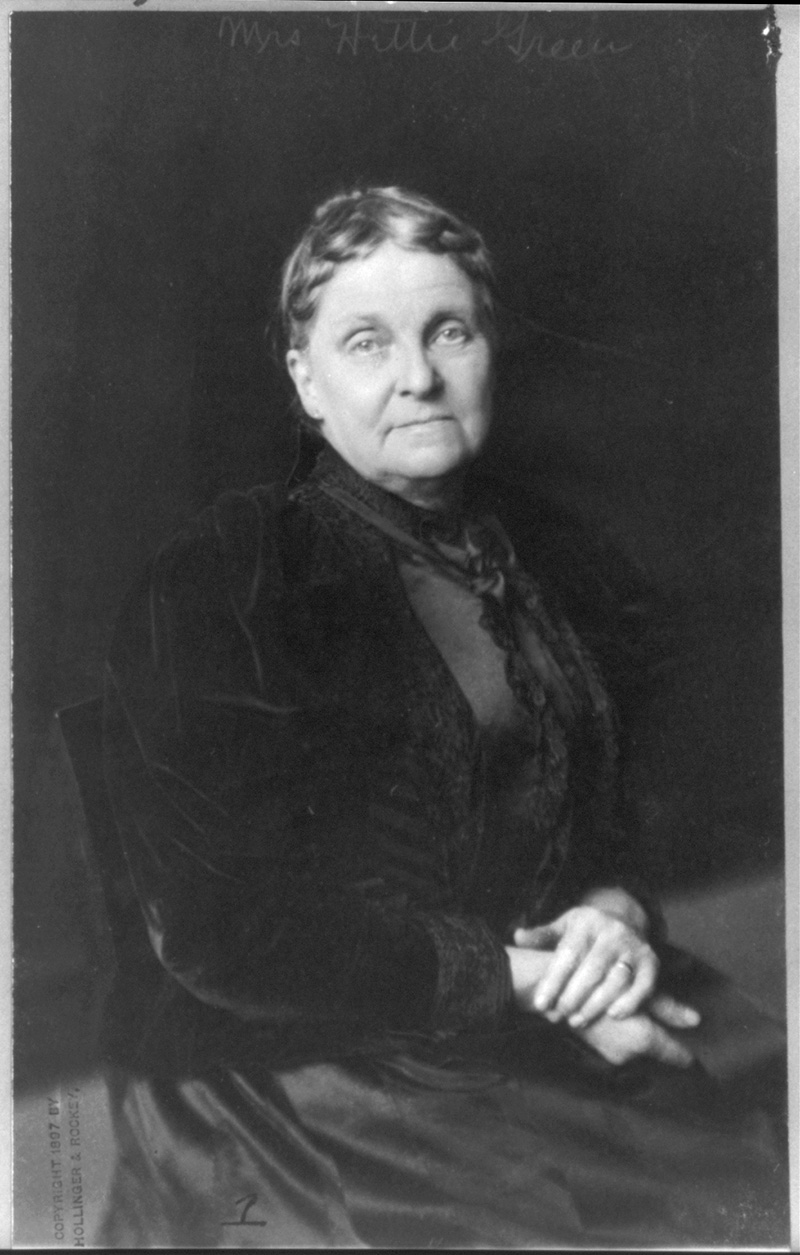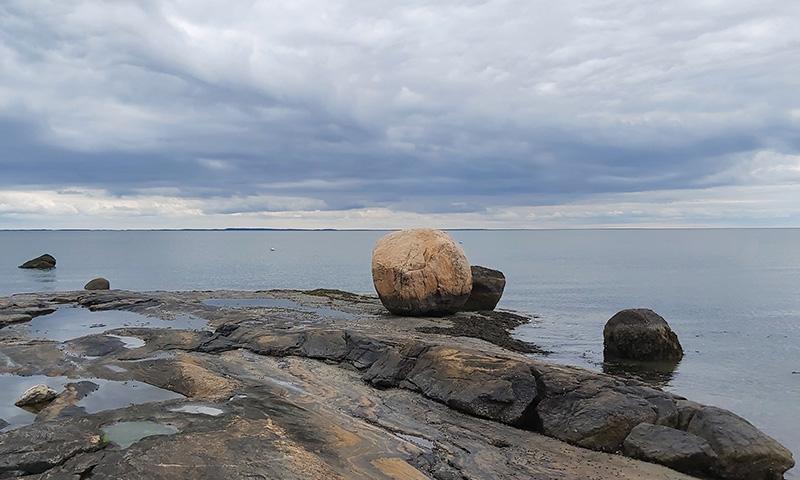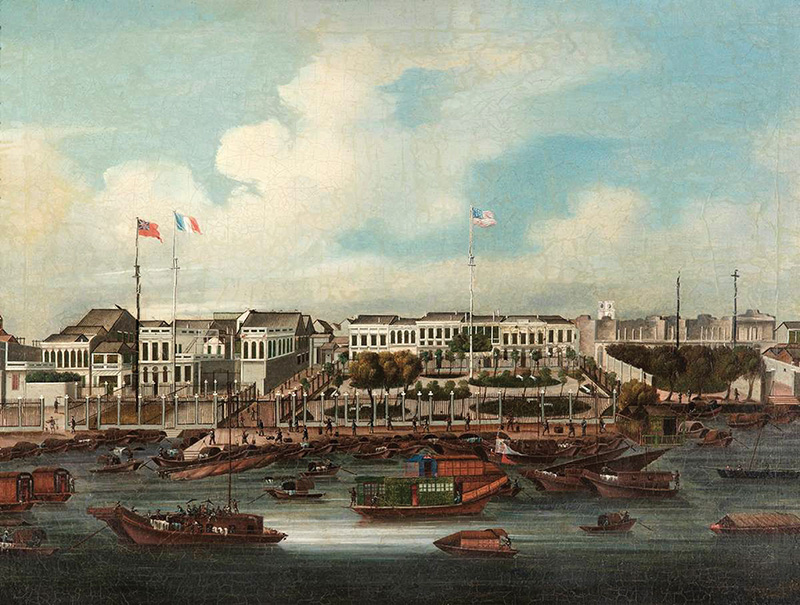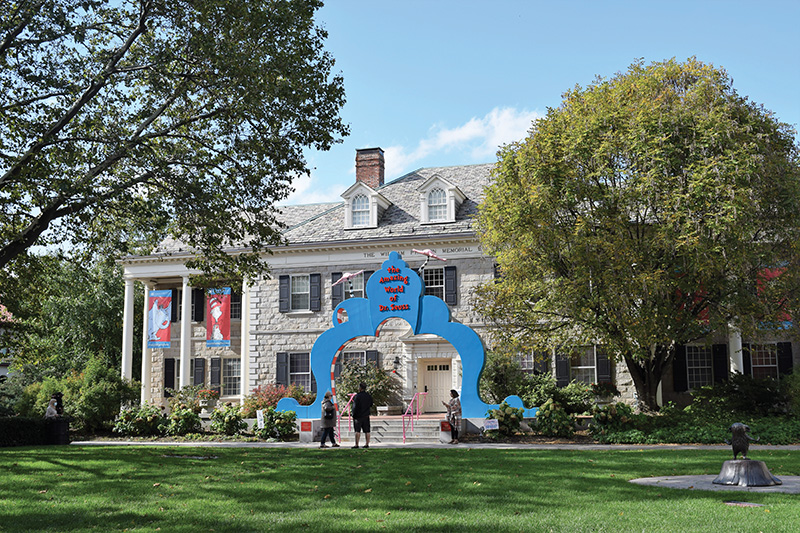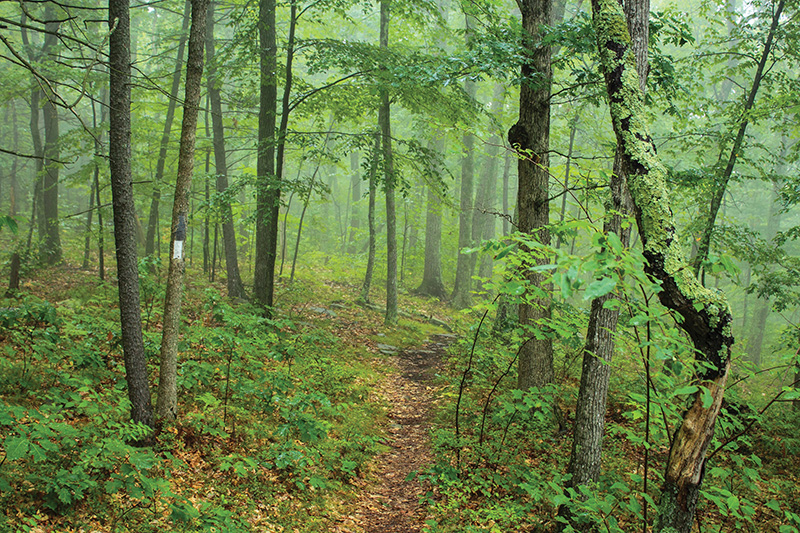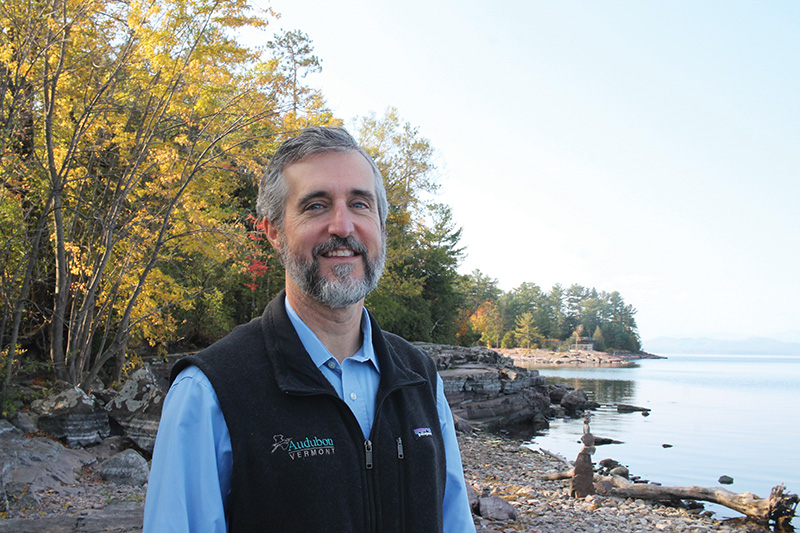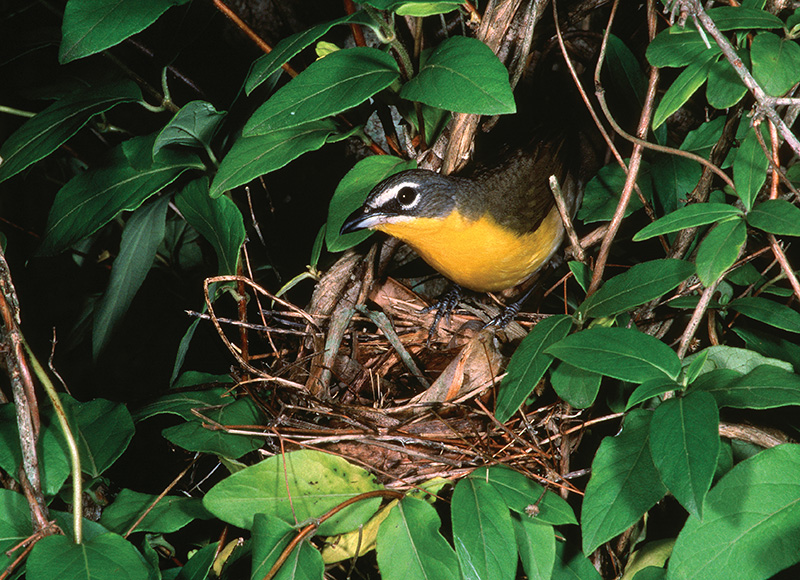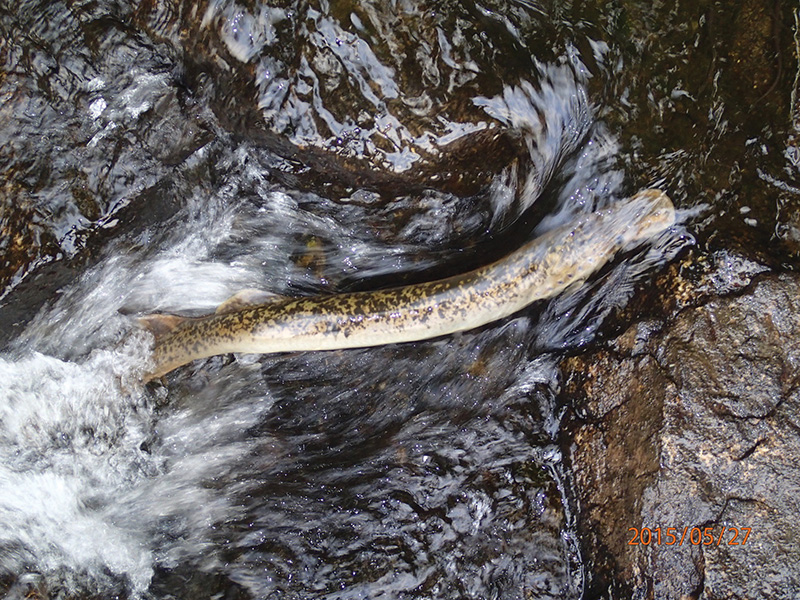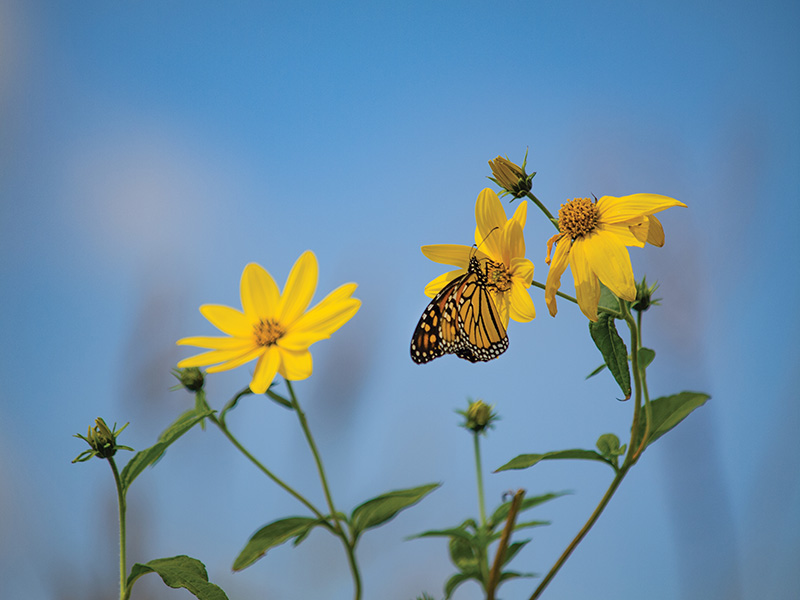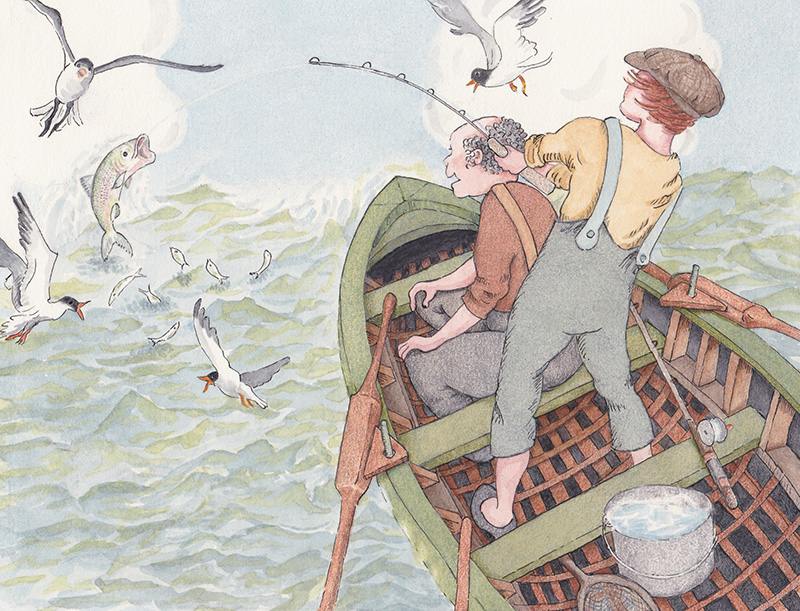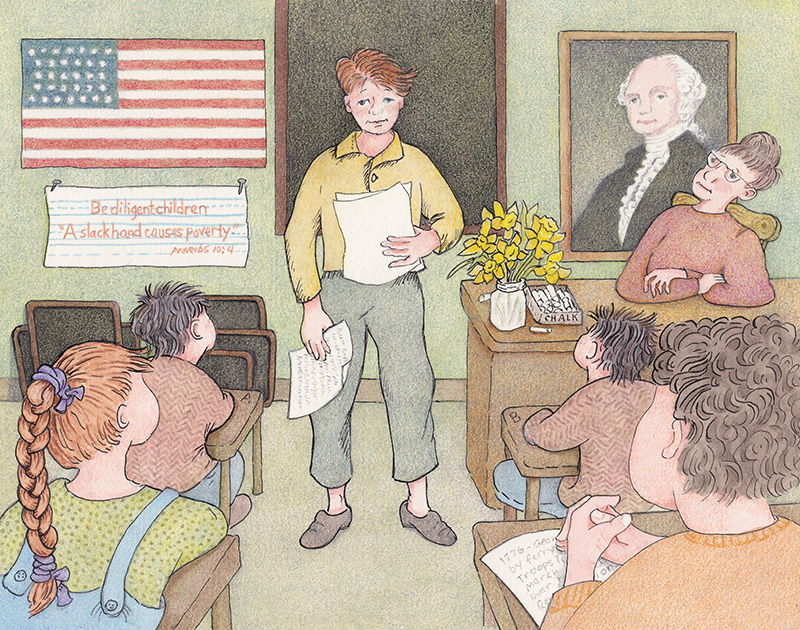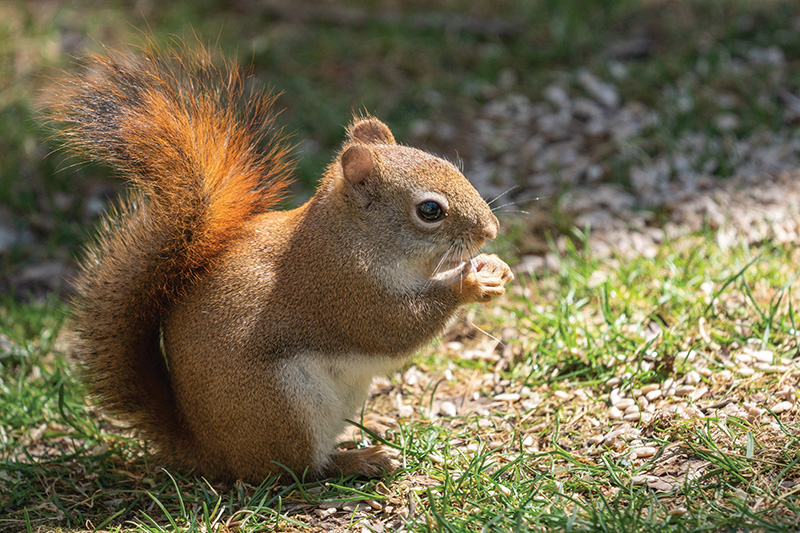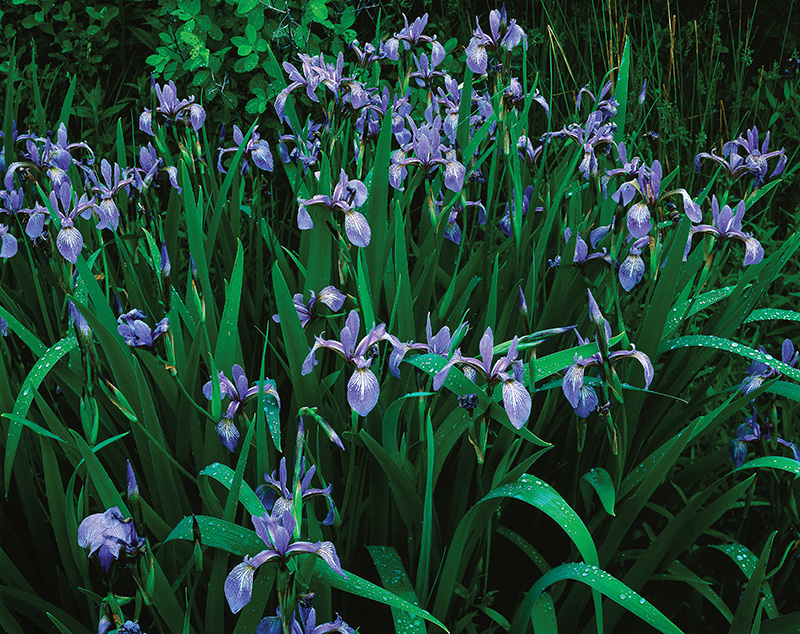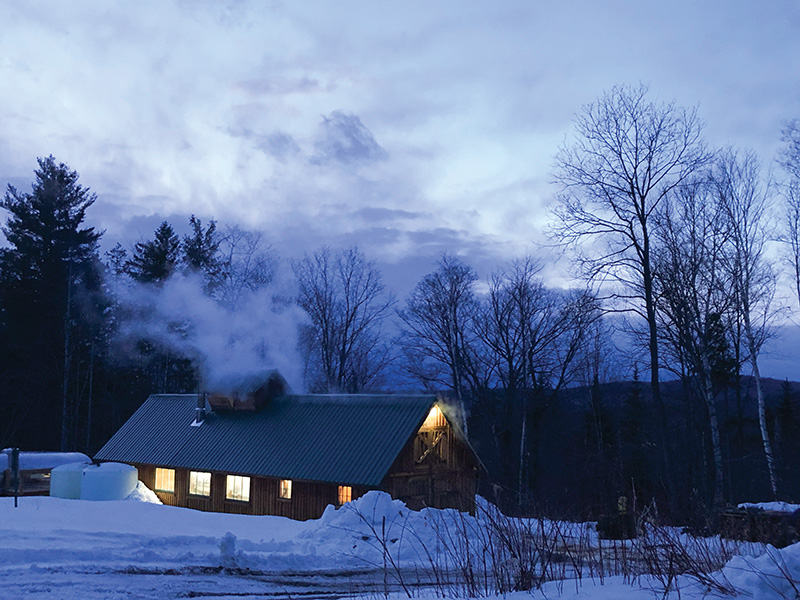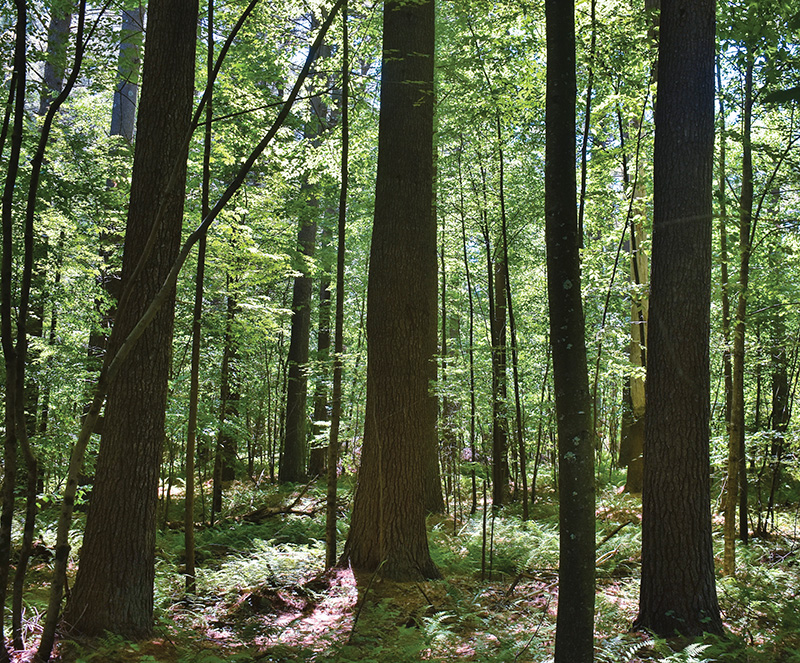Queen of Wall Street, Witch of Wall Street. Whichever sobriquet you use, Henrietta (Hetty) Howland Robinson Green was one of the richest Americans—ever.
The Lost Continents of the Connecticut River
Spattered with glacial detritus, it is an area of rocky dells and ridges, cut by Roaring Brook as it tumbles down toward Whalebone Cove on the Connecticut River. Red Oaks and White Pines march up the hill, with patches of hornbeams and black birch.
Worlds Apart
The Connecticut River cradles the city of Middletown (f. 1653) at a modest bend in its course, a place originally called Mattabesset, Algonquin for “end of the carrying place.”
The Art & Science
of the Connecticut River
Beyond a small café and an administrative building, four banners hang from the welcome hall portico: the Cat in the Hat, an Indian Motorcycle, a T-Rex, and a 19th century painting of a young girl by William-Adolphe Bouguereau.
Hiking the New England Trail over Mt. Tom
Formed by ancient volcanoes some 200 million years ago, Mount Tom’s summit ridge is one of the most unique and spectacular natural areas of western Massachusetts.
Turn & Face the River
Though it is only ten thousand years old, a river like this always seems eternal. After all, it flows on and on, apparently able to swallow all our human wrongs and carry them away.
One Photograph- Last Stand
But from the first few dreamy days of April on well into May, where better to discover springtime than in one’s own patch of cozy, quaint New England woods?
Below the Surface- Ugly is Good
It seemed like just another spring day when we stopped at the Salmon River, a tidewater tributary of the Connecticut River that splits the towns of Haddam and East Haddam, Connecticut.
Monarch Butterflies Summer in New England
Streamside walking connects us with the splendors of flowing water on our Water Planet.
Gardening for Good
“For the first time in history, gardens have taken
on a role that transcends the gardener.”
On My Mind
My father operated a farm in Maryland in 1944 and planted five acres of string beans, all to go toward the war effort.
What’s for Dinner
Yum yum summertime…and what better way to celebrate than to have a barbeque! Our choices are diverse, but let’s focus on what’s fresh and readily available at this time of the year. What comes to mind? … Corn and tomatoes, which can be prepared with a minimum of fuss…and what a delight to the eyes as well.
Estuary for Young Readers
I put my hand out in front of me like I’m offering to shake and say: “How do you do, sir. I’m called JJ, just like my father, and his father, and his father before him. We’re all ferrymen here in Old Saybrook, and we’re all called JJ.”
Estuary for Young Readers
I put my hand out in front of me like I’m offering to shake and say: “How do you do, sir. I’m called JJ, just like my father, and his father, and his father before him. We’re all ferrymen here in Old Saybrook, and we’re all called JJ.”
What’s for Dinner
Not just for pancakes, maple syrup has been a staple in the North American diet for centuries.
Wildlife Wonders- Red Squirrels
Years ago, I had a close encounter with a big antlered buck, or male white-tailed deer, that I will never forget.
Brownfields
If you were a robin returning to the Connecticut River in the spring of 1970, you would have seen compromised industrial sites along the riverbanks.
The Secret Bog
Wildflowers—on my own home turf here, at the southern end of the Connecticut: this should be fun.
Maple Sugaring
The maple sugaring season is one of the most celebrated and ephemeral of spring events to occur up and down the Connecticut River watershed.
New England’s First State Forest
From the rocky knob of Great Hill at the southern tip of Meshomasic State Forest, I gazed at a big bend the Connecticut River takes in the middle distance, with ridges fading to gray-blue behind it.

